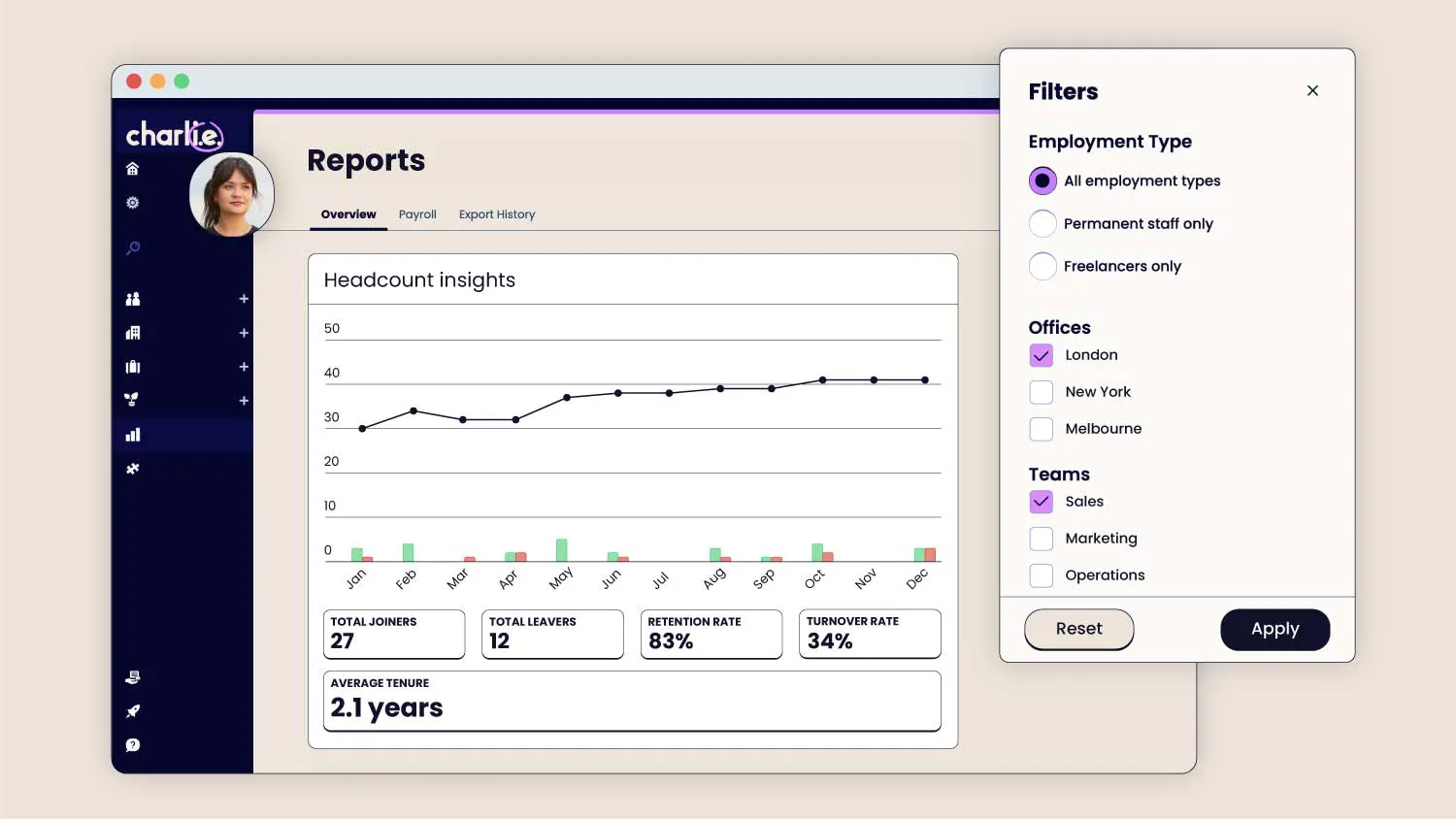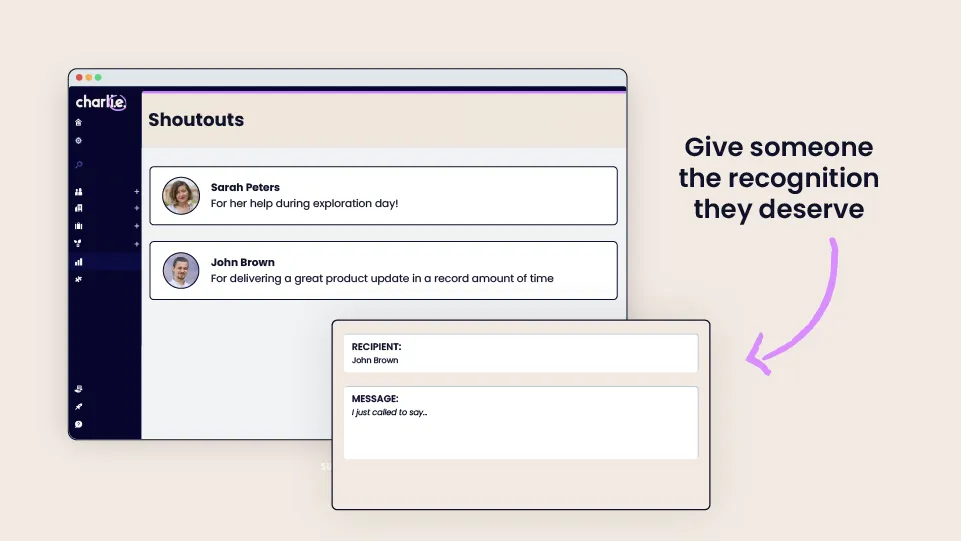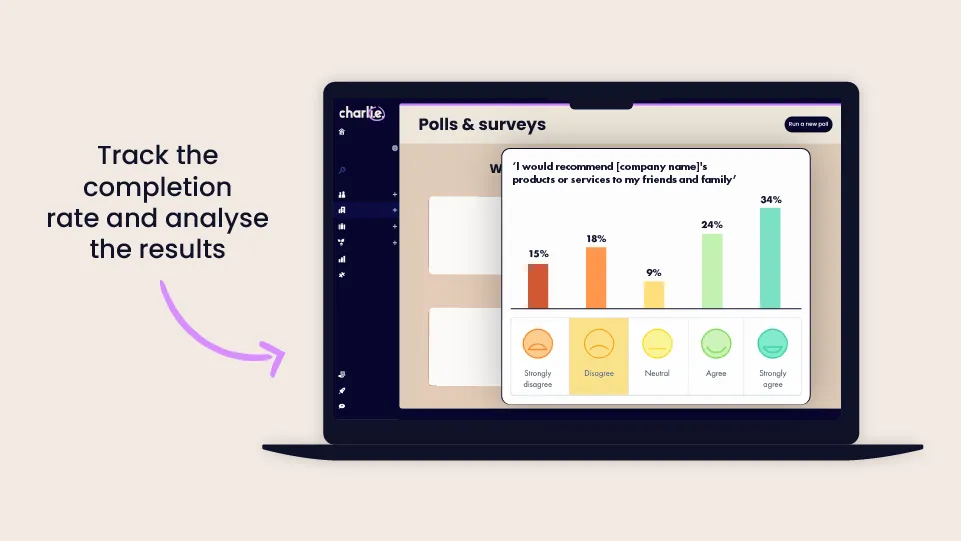The best way to calculate your employee turnover rate

Employee turnover is an inevitability of running a business. People will leave for all sorts of reasons. Even the best company to work for in the world won’t have a turnover rate of zero.
You won’t be able to remove your employee turnover rate. The next best thing to do is get it as close to 0 as you possibly can.
A low turnover rate means that your employees are engaged with their work, they’re happy and motivated, and they’re checked into their jobs.
I oversee employee turnover at Charlie. One of my jobs at Charlie is to ensure that people are happy and everyone has whatever they need to do their best work, so that they stick around. To make sure that happens, I keep a constant eye on our company-wide turnover rate and do what I can to keep it as low as possible. It’s one of the factors that makes Charlie a high-performance team.
Here’s what I learned about how to calculate employee turnover rate, and some strategies for maintaining it.
Employee turnover in small businesses
A high turnover rate is never a good sign for any business. At a small business where talent is at a premium, the effects of a high turnover rate are amplified.
A high turnover rate at a small business means there are fewer people to do the same amount of work. It increases the burden on the whole team. That in turn causes more disruption for your business when people are doing more with less.
There are two main types of employee turnover:
- Voluntary turnover: When the employee leaves of their own accord, often for personal reasons or to pursue other opportunities elsewhere
- Involuntary turnover: When the employee is let go due to layoffs or terminations, indicative of the employee’s performance or broader decisions within the company
Each of them says something different about what is happening at your company, and impacts your overall employee turnover rate differently.
That’s why you must get accurate measurements of your employee turnover rate. They give you a clear picture of how many people are leaving your company and why, and what precisely you can do about it.
Calculating employee turnover rate
Fortunately, your average employee turnover rate is not a complex metric. Your employee turnover calculation can be done in a few simple steps.
- Define your time period: Choose a consistent frame for your calculations - it can be the calendar year or the fiscal year. If you’re calculating your employee turnover rate for 2023, you’ll be looking at employee separations between Jan 1st to Dec. 31st, 2023
- Count the number of separations: Record each type of employee separation - resignations, retirements, or dismissals - whether voluntary or involuntary. Each one contributes to your overall turnover rate
- Calculate the average number of employees: Add up your employees at the start of your chosen time period (e.g. January 1st) to the end (e.g. December 31st), and divide by two to get an average. Remember to include both full and part-time employees
- Apply the turnover formula: The employee turnover formula is simple:
((No. of separations)/(average number of employee))*100
This will give you your employee turnover rate as a percentage.
For example, if you had 10 separations through all of 2023, and your average number of employees was 50, your employee turnover rate calculation would look like:
(10/50)*100 = 20%
Meaning your average employee turnover was 20%.
Employee turnover in the UK
The United Kingdom has one of the highest average employee turnover rates in Europe at 16.8%, compared to the continental average for Europe at 18.8%.
The business cost of that employee turnover is equally as high. The average cost of replacing staff in the UK is between £14,800 and £22,200, not including legal fees due to unfair dismissal claims.
Challenges in calculating employee turnover rate for small businesses
Getting accurate data for employee turnover rates for small businesses is a tricky task. Small businesses may have one or two point people for HR and lack access to HR software tools to aid in accurate record keeping.
That leaves small business founders and HR leaders fumbling in the dark. They don’t have the data or reliable information to tell them why employees are leaving, and what to do to make them stop.
Then there’s the administrative business cost of employee turnover itself. That can include anything from recruitment, training, lost productivity, and everything in between. That makes quantifying the cost of employee turnover even more complex.
Using Charlie for employee turnover calculations
Small businesses may lack the resources to hire and manage large HR teams, but they can use HR software tools like Charlie to automate their employee turnover calculations and find ways to address them.
The Charlie platform gives you advanced reporting to help you measure the impact your HR strategy is having on reducing your employee turnover rate, and find ways to improve it.

Through our HR dashboard, you can straight away tell you how many people have left and joined your company on an annual or monthly basis. The platform can find your headcount at different points in time, your employee retention rate, and your employee tenure. No more tedious mucking about with manual calculations by hand!
Best practices for managing employee turnover
As a small business HR leader, you have their work cut out for them when it comes to finding their average employee turnover. There are a few strategies you can implement to mitigate it as much as possible and get your best and brightest to stay with you.
- Employee feedback and recognition: Giving your employees recognition where it is due will help them feel valued, and like the good work they do is being noticed. You can use software like Charlie to publicly shout out team members who have gone above and beyond.

- Competitive compensation and holistic benefits: Paying your employees more makes them more likely to stick around of course, but there are other benefits you can offer beyond just plain old money. Consider offering benefits like health care, retirement plans, or a hybrid working policy that make a tangible difference in your employees' quality of life. You may also look into perks platforms like the one we offer as part of Charlie’s HR software.

- Shaping your employee experience with data: Use HR analytics tools like Charlie to understand the trends in your average employee turnover rate and what’s causing them. Learn from data points such as employee engagement metrics, find out what your employees want from you, and set HR KPIs to reach your goals.

Use HR data to turn over your employee turnover
Understanding what’s causing your employees to leave and your average employee turnover to go up can shape the health and future of your small business.
Start a free trial with Charlie, and start getting to the bottom of it today.



